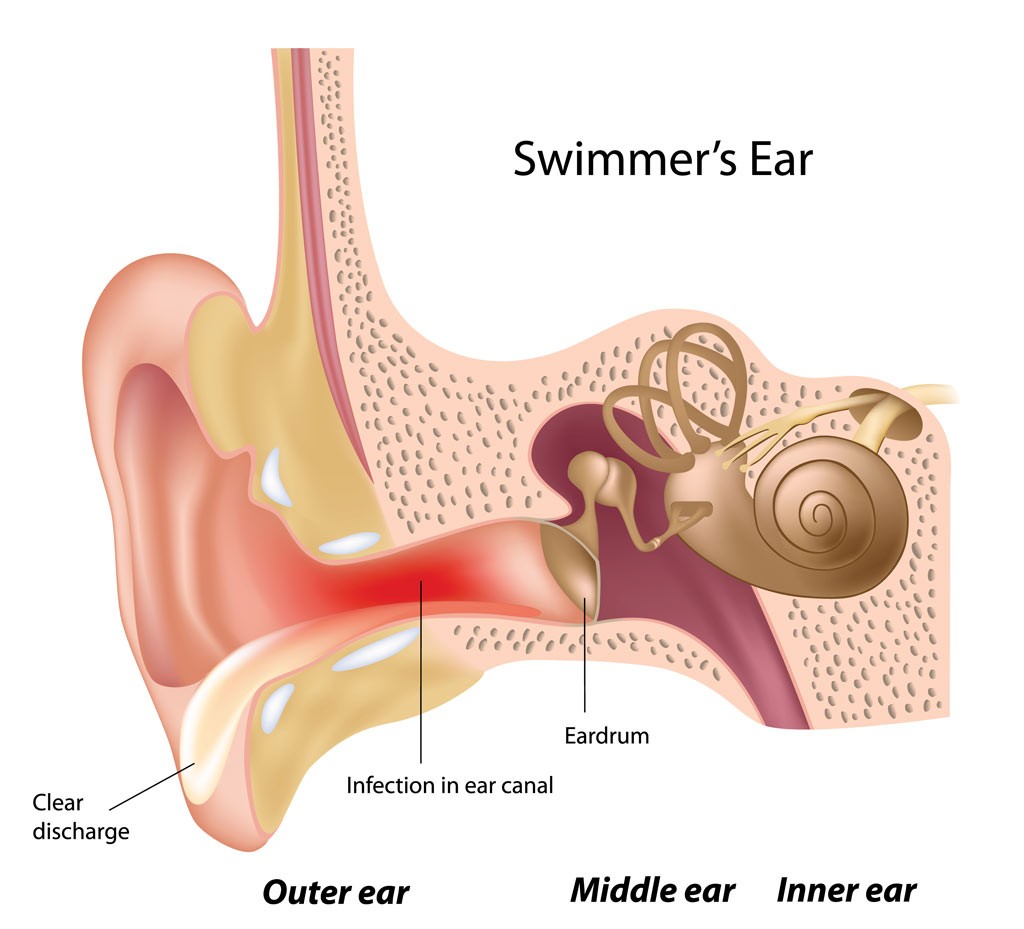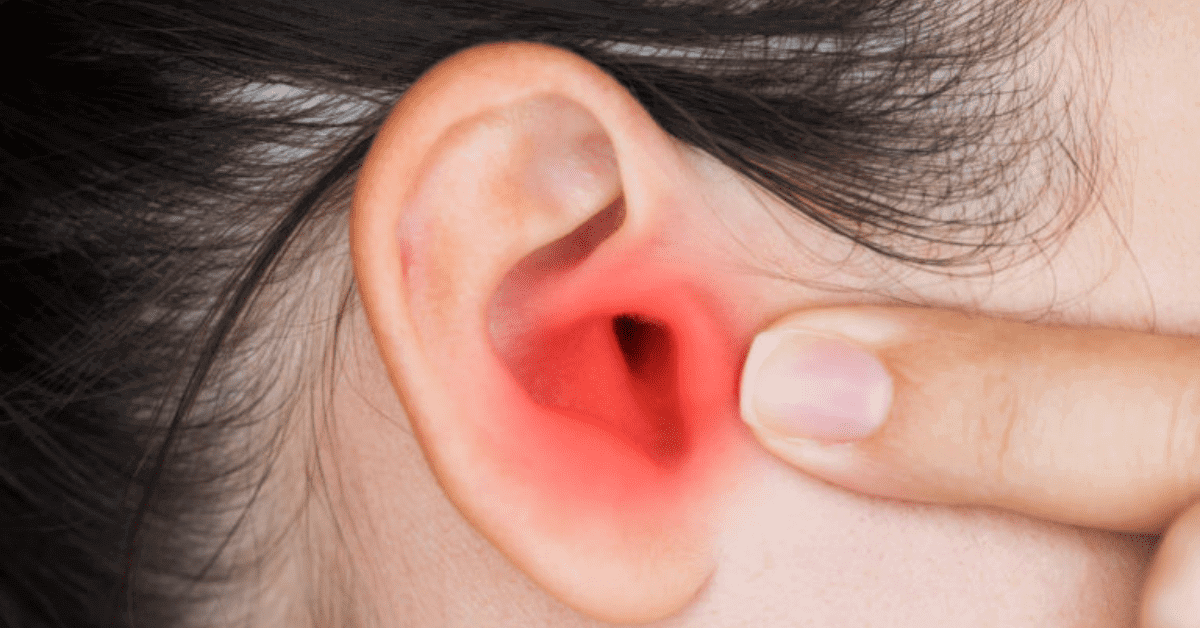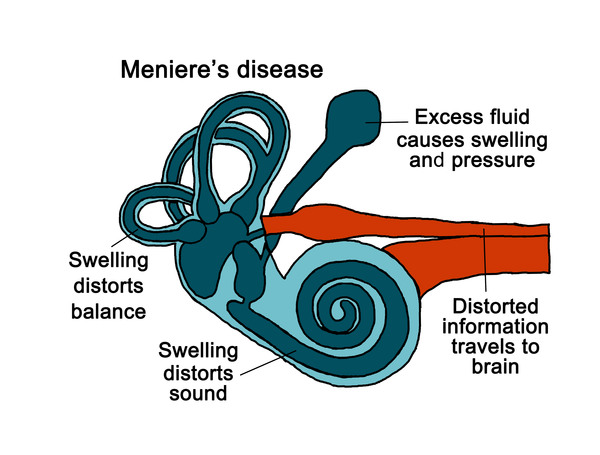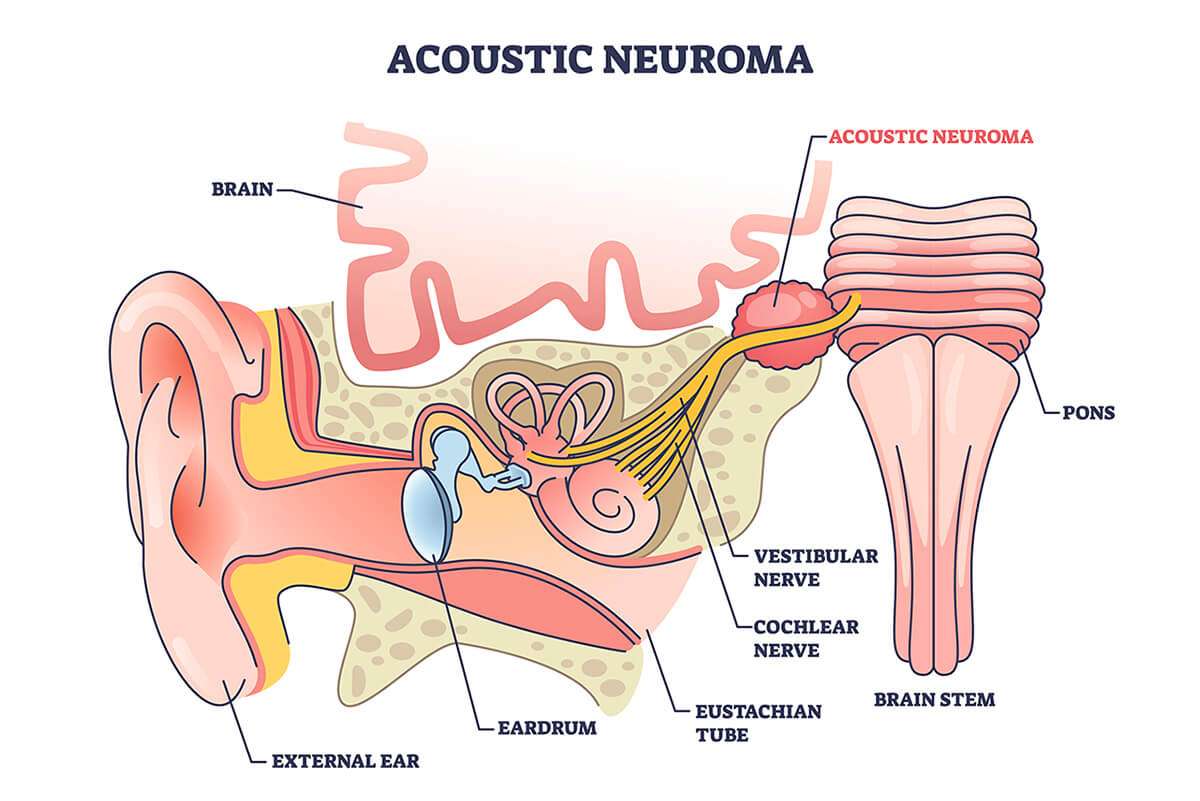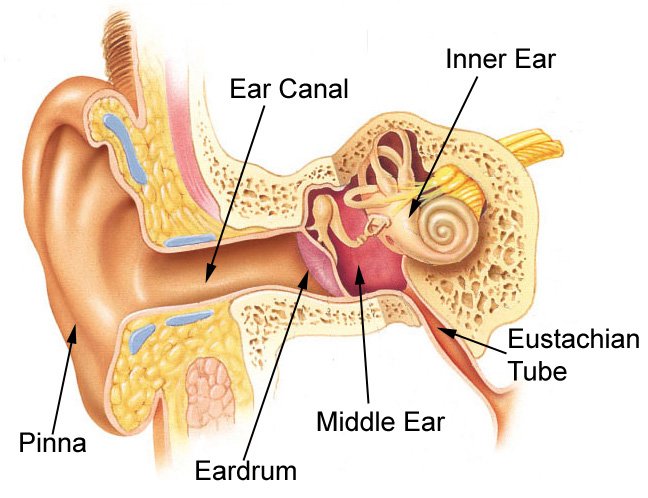
Introduction
Ear health often remains a topic relegated to the sidelines until discomfort or hearing issues arise. However, Dr. S. R. Agrawal, an experienced ear, nose, and throat (ENT) specialist, draws our attention to a crucial aspect of ear health—the Eustachian tube. In this article, we explore Dr. Agrawal’s insights into Eustachian tube dysfunction and its significant role in ear health.
Understanding the Eustachian Tube
The Eustachian tube is a narrow tube connecting the middle ear to the back of the throat and nose. Its primary functions include equalizing pressure between the middle ear and the outside environment, draining fluids from the middle ear, and facilitating sound conduction.
Eustachian Tube Dysfunction: A Common Problem
Eustachian tube dysfunction (ETD) occurs when the tube fails to function correctly. Dr. S. R. Agrawal highlights that this condition is more prevalent than we might think, affecting individuals of all ages. ETD can be caused by various factors, including allergies, respiratory infections, sinusitis, or structural abnormalities.
The Impact on Ear Health
When the Eustachian tube fails to open or close appropriately, it can result in several ear health issues, including:
- Ear Pressure: ETD often leads to a feeling of pressure or fullness in the ears. This sensation can be uncomfortable and may affect hearing.
- Hearing Loss: Chronic ETD can cause hearing loss, particularly in cases where the dysfunction leads to a buildup of fluid in the middle ear.
- Ear Infections: ETD can contribute to recurrent ear infections, as impaired drainage can create an environment conducive to bacterial growth.
- Tinnitus: Individuals with ETD may experience ringing or buzzing sounds in the ears, known as tinnitus, which can be distressing.
- Vertigo and Dizziness: Severe ETD may lead to balance problems and dizziness, affecting an individual’s quality of life.
Diagnosis and Treatment
Dr. S. R. Agrawal emphasizes the importance of seeking professional evaluation if you suspect Eustachian tube dysfunction. Diagnosis often involves a physical examination, audiological tests, and imaging studies to assess the middle ear’s condition.
Treatment options for ETD can include:
- Medications: Nasal decongestants, antihistamines, and corticosteroids may be prescribed to alleviate symptoms and reduce inflammation.
- Ear Tube Placement: In some cases, ear tubes (tympanostomy tubes) may be inserted to facilitate fluid drainage and equalize pressure.
- Balloon Dilation: A minimally invasive procedure known as balloon dilation may be performed to widen the Eustachian tube and improve function.
- Addressing Underlying Causes: If allergies or sinus issues contribute to ETD, addressing these underlying conditions can be an essential part of treatment.
Preventing ETD and Promoting Ear Health
Dr. S. R. Agrawal underscores the importance of preventing Eustachian tube dysfunction when possible. This includes maintaining good hygiene, avoiding tobacco smoke, and seeking prompt treatment for allergies or respiratory infections.
Conclusion
Eustachian tube dysfunction is a crucial factor in ear health that deserves recognition and attention. Dr. S. R. Agrawal’s expertise reminds us of the importance of understanding and addressing ETD to prevent discomfort, hearing issues, and complications. By seeking timely evaluation and appropriate treatment, individuals can safeguard their ear health and enjoy a world of sound without interruption.
For more info. please visit : https://www.ahrihospital.com/



